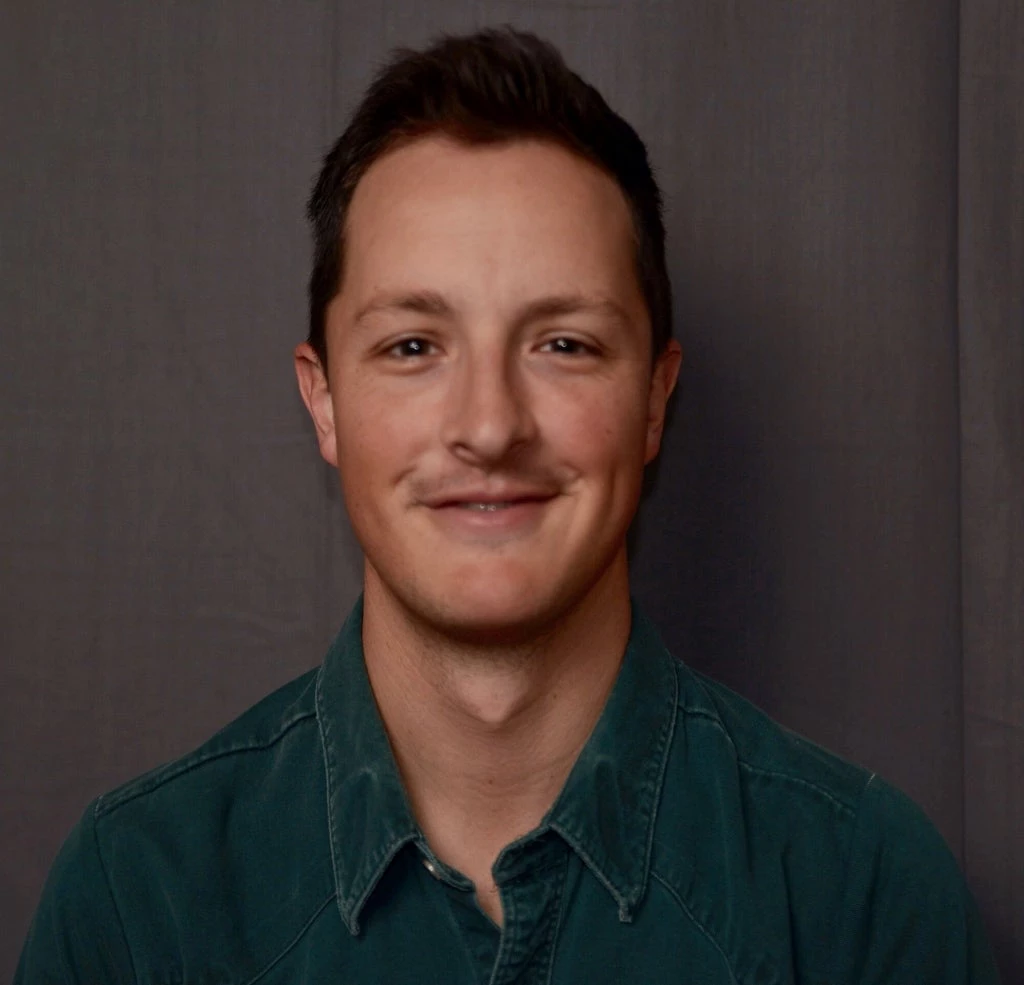
After a two-hour drive from the nearest main road, our 4WD can travel no further; me and my travelling companions will have to trek the rest of our journey to Aravira Primary School in Bougainville on foot. As we set off, a group of students from the school emerge from the bush in front of us. They smile, extend their hands in welcome and immediately offer to take my backpack.
I politely refuse, yet within minutes I regret my decision to turn down help. As we move through the long grass along the mountain ridge, the heat which a few minutes ago was manageable is now unbearable. I’m pouring in sweat. My backpack feels 10 kilograms heavier, and the ground beneath me feels as if I’m stepping onto ice. Ten minutes into our journey, I lose my feet, slip into a crevice, and land face-first in the nearest bush.
As I’m helped back onto my feet by the kids, I ask them how much further we have to go to get to the school. They giggle, then simply start walking again. I discover soon enough that the answer to my question is ‘two and half gruelling hours.’ This is a seriously hard trek, clearly not for the faint of heart.
An hour later, I struggle up the next ridge, hiking boots still soaked from yet another river crossing, and it really hits me; this is their daily walk to school.
Aravira Primary School is located deep in the Bougainville mountains. It’s a remote, picturesque spot, and is home to 120 students from Aravira and Remsi, the two communities located within ‘walking distance’ of the school. Yet given the school is at least four hours’ journey from the nearest town, Chairman Henry Topowa tells me after I arrive that ‘walking distance’ is a relative concept up here.
“Access by road is very difficult. Both communities are quite far from the school, so the students have to walk a fair distance and cross rivers to come each day to school,” Henry explains. “When it rains, we have to send the children home because of the weather, because it’s very risky in certain areas.”
Henry says that for those coming to the school from beyond the two nearest communities, it’s an even bigger challenge.
“A lot of people here, especially the teachers, travel back and forth on foot. It takes between four to five hours by foot. If we travel into town as early as 6am, we usually arrive back in the village around 9pm or even 10 pm.”
Due to this remoteness, my travelling companions and I are the first non-Bougainvillean visitors to the school in over a year. Yet this is not an unusual story across much of the country. An estimated 60% of Papua New Guineans live in rural areas, which in Bougainville means they’re likely living in dense, mountainous jungle or in small villages dotted along the coastline. In these areas, services such as schools and medical clinics are few and far between, a fact further compounded by the island's ten-year conflict that saw tens of thousands of families living in hiding in the bush for much of the 1990s.
This remoteness and decades of limited opportunity has driven the students and teachers at Aravira – and many schools just like it – to push for better education, including through the World Bank-supported READ PNG project. In addition to training more than 24,000 teachers, the project has seen the establishment of 21,000 classroom libraries filled with around 1.1 million books to schools across PNG.

And having made the brutal trek in to Aravira Primary School, I ask School Chairman Henry Topowa about the challenge of delivering hundreds of books to a place so remote. He beams with pride when he recounts the story.
“The road was muddy and slippery. We crossed a river along the way which was flooding. We had to balance ourselves carrying the books over an unsteady wooden bridge at the river,” Henry tells me.
“It was raining and we were scared that the books would get wet, so we cut banana leaves and placed them over the box of books and onto our shoulders. Others placed them in bilums [a woven bag, common across PNG] and carried them on their backs. It was very hard.”
Henry is steadfast in his belief in the power of education on the lives of the students at his school.
“Literacy is very important in the community; teaching people to read and write is vital, because a lot of kids here during the crisis did not go to school and are only just now learning to read and write.”
Aravira’s Head Teacher Herman Parito says that even before the books arrived, the community deeply understood the value of reading, and therefore are all willing to do their part to support it.
“The community here are always willing to help. When I said we needed labor to build classroom libraries, they did it. We brought in the plywood needed to build the mini libraries, and the parents responded.”
He adds that since the READ PNG books came in mid-2015, he’s already seen their impact.

“We’ve been using the books for two terms now and I’ve seen a big improvement in students reading according to their test results.”
After our chat, Henry and Herman then invite me to a class to see the new books for myself. As I’m introduced to the class, the confusion I expect of seeing a stranger in class is largely absent. I get a few grins and a couple of giggles, but beyond that, most of the students are focused squarely on their books.
Considering the hard work it took to get those books here and into these students’ hands, it’s no surprise that they’re so committed to soaking up every word in those pages.


Join the Conversation